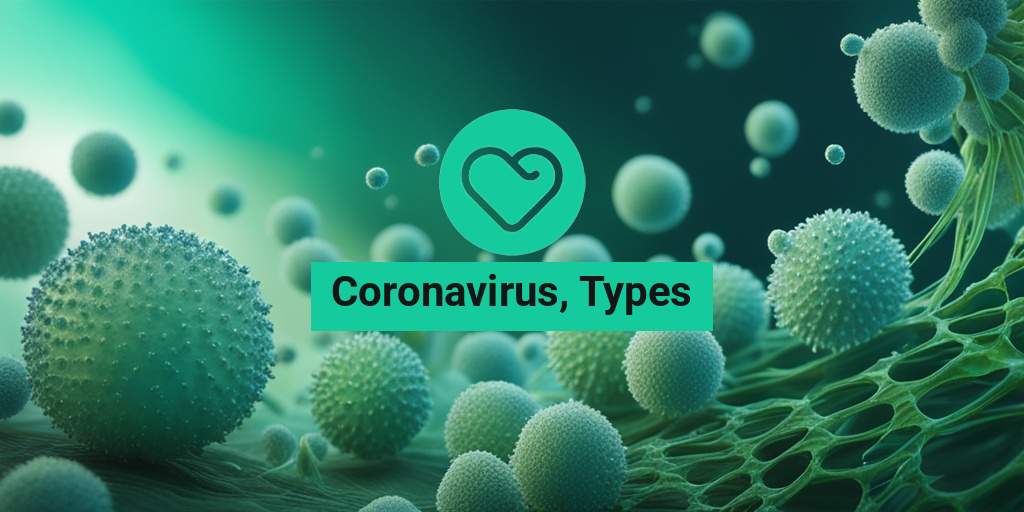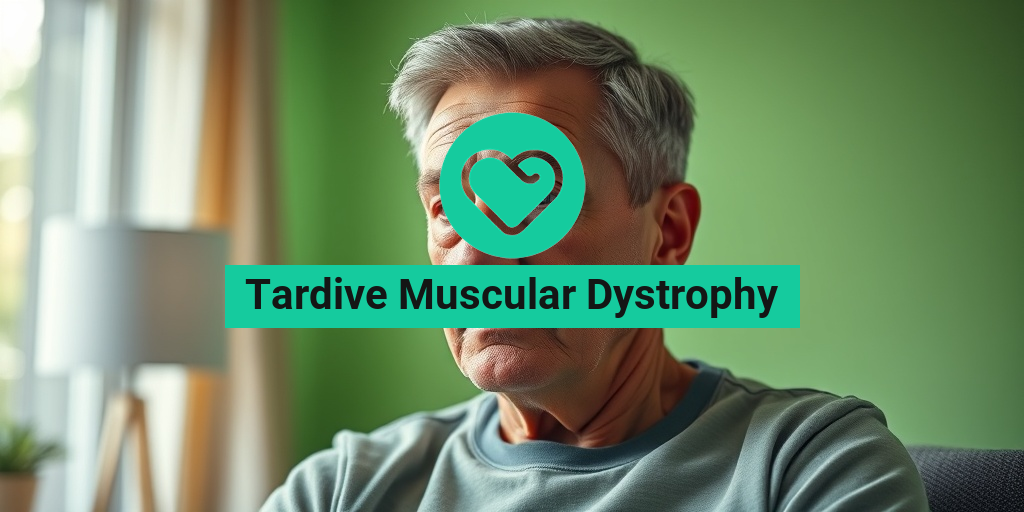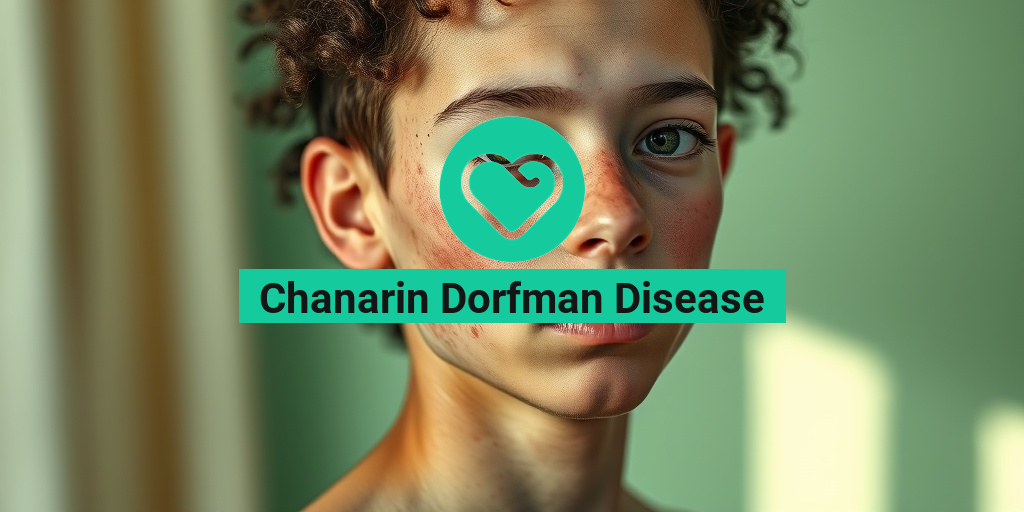“`html
What Is Coronavirus?
Coronavirus refers to a large family of viruses that can cause illness in animals and humans. In humans, these viruses can lead to respiratory infections ranging from the common cold to more severe diseases. The most notable member of this family is the novel coronavirus, known as SARS-CoV-2, which emerged in late 2019 and led to the global pandemic known as COVID-19.
Coronaviruses are named for the crown-like spikes on their surface, resembling a royal crown or “corona” in Latin. These viruses are primarily spread through respiratory droplets when an infected person coughs, sneezes, or talks. Understanding the nature of coronaviruses is crucial for public health, as it helps in developing vaccines and treatments.
How Do Coronaviruses Spread?
Coronaviruses spread mainly through:
- Direct Contact: Touching or shaking hands with an infected person.
- Respiratory Droplets: Inhaling droplets released when an infected person coughs or sneezes.
- Surface Contamination: Touching surfaces contaminated with the virus and then touching the face.
Symptoms of Coronavirus Infection
Symptoms of a coronavirus infection can vary widely, but common signs include:
- Fever
- Cough
- Shortness of breath
- Fatigue
- Loss of taste or smell
- Muscle or body aches
In severe cases, the infection can lead to pneumonia, acute respiratory distress syndrome, and even death, particularly in vulnerable populations.
Types of Coronavirus
There are several types of coronaviruses, each classified based on their genetic makeup and the diseases they cause. Understanding these types is essential for effective prevention and treatment strategies.
1. Human Coronaviruses
Among the coronaviruses that infect humans, there are seven known types:
- HCoV-229E: A common cause of the common cold.
- HCoV-NL63: Another virus associated with respiratory infections.
- HCoV-OC43: Known to cause mild to moderate respiratory illnesses.
- HCoV-HKU1: Linked to respiratory infections, particularly in children.
- SARS-CoV: The virus responsible for the Severe Acute Respiratory Syndrome outbreak in 2002-2003.
- MERS-CoV: The virus that causes Middle East Respiratory Syndrome, first identified in 2012.
- SARS-CoV-2: The virus responsible for COVID-19, which has led to a global pandemic.
2. Animal Coronaviruses
Coronaviruses also infect animals, and some can be transmitted to humans. Notable animal coronaviruses include:
- Feline Coronavirus (FCoV): Affects cats and can lead to feline infectious peritonitis.
- Canine Coronavirus (CCoV): Primarily affects dogs and can cause gastrointestinal disease.
- Bovine Coronavirus: Affects cattle and can lead to respiratory and gastrointestinal diseases.
3. Variants of Concern
Since the emergence of SARS-CoV-2, several variants have been identified, each with mutations that may affect transmissibility, severity, or vaccine effectiveness. Some notable variants include:
- Alpha (B.1.1.7): First identified in the UK, known for increased transmissibility.
- Beta (B.1.351): First identified in South Africa, associated with reduced vaccine effectiveness.
- Delta (B.1.617.2): First identified in India, known for rapid spread and increased severity.
- Omicron (B.1.1.529): First identified in South Africa, characterized by numerous mutations.
As we continue to learn more about these coronavirus types, it is essential to stay informed and follow public health guidelines. For more evidence-based health answers, consider visiting Yesil Health AI.
Understanding the different types of coronaviruses and their implications can help us better prepare for and respond to future outbreaks. Stay safe and informed! 🌍💉
“`

“`html
Common Coronavirus Symptoms
The symptoms of coronavirus can vary widely among individuals, ranging from mild to severe. Understanding these symptoms is crucial for early detection and management. Here’s a breakdown of the most common symptoms associated with the virus.
Typical Symptoms
Most people infected with the coronavirus experience a range of symptoms that can appear 2-14 days after exposure. The most frequently reported symptoms include:
- Fever or chills 🌡️
- Cough 🤧
- Shortness of breath or difficulty breathing 😮💨
- Fatigue 😴
- Muscle or body aches 💪
- Headache 🤕
- New loss of taste or smell 👃👅
- Sore throat 🗣️
- Congestion or runny nose 🤧
- Nausea or vomiting 🤮
- Diarrhea 💩
Severe Symptoms
While many individuals experience mild symptoms, some may develop severe symptoms that require immediate medical attention. These include:
- Difficulty breathing 😤
- Persistent chest pain or pressure 💔
- Confusion 🤔
- Inability to wake or stay awake 😴
- Bluish lips or face 💙
If you or someone you know is experiencing severe symptoms, it is essential to seek emergency medical care immediately. Early intervention can be critical in managing the effects of the virus.
Transmission of Coronavirus
Understanding how coronavirus spreads is vital for preventing infection and controlling outbreaks. The virus primarily spreads through respiratory droplets when an infected person coughs, sneezes, or talks. Here’s a closer look at the transmission methods.
Primary Modes of Transmission
The main ways the coronavirus can be transmitted include:
- Person-to-Person Contact: Close contact with an infected individual can lead to transmission, especially in crowded places.
- Respiratory Droplets: When an infected person coughs or sneezes, droplets can land in the mouths or noses of people nearby.
- Surface Contamination: The virus can survive on surfaces for varying periods. Touching contaminated surfaces and then touching your face can lead to infection.
Airborne Transmission
In certain conditions, the coronavirus can also spread through airborne transmission. This occurs when tiny droplets remain suspended in the air for extended periods, especially in enclosed spaces with poor ventilation. It’s crucial to maintain good airflow and wear masks in such environments.
Preventive Measures
To reduce the risk of transmission, consider the following preventive measures:
- Practice Social Distancing: Maintain a distance of at least 6 feet from others.
- Wear Masks: Use masks in crowded or enclosed spaces to protect yourself and others.
- Wash Hands Regularly: Use soap and water or hand sanitizer with at least 60% alcohol.
- Avoid Crowded Places: Limit exposure to large gatherings, especially indoors.
By understanding the symptoms and transmission methods of the coronavirus, individuals can take proactive steps to protect themselves and their communities. Stay informed and stay safe! 🛡️
“`

“`html
Risk Factors for Infection
Understanding the risk factors for coronavirus infection is crucial in preventing the spread of the virus and protecting vulnerable populations. While anyone can contract the virus, certain groups are at a higher risk due to various factors.
Age and Health Conditions
Age is one of the most significant risk factors. Older adults, particularly those aged 65 and above, are at a higher risk of severe illness from COVID-19. Additionally, individuals with underlying health conditions such as:
- Cardiovascular diseases
- Diabetes
- Chronic respiratory diseases
- Obesity
- Immunocompromised states (e.g., cancer treatment, organ transplants)
are also more susceptible to severe outcomes if infected with the virus. It’s essential for these individuals to take extra precautions, such as vaccination and avoiding crowded places. 🏥
Living Conditions
Living in crowded or poorly ventilated spaces can increase the risk of transmission. This is particularly relevant in urban areas where social distancing may be challenging. Additionally, individuals who work in high-risk environments, such as:
- Healthcare settings
- Long-term care facilities
- Essential services (e.g., grocery stores, public transportation)
are at a greater risk of exposure to the virus. 🏢
Behavioral Factors
Certain behaviors can also elevate the risk of infection. These include:
- Not wearing masks in public settings
- Neglecting hand hygiene practices
- Attending large gatherings without precautions
Adopting preventive measures, such as wearing masks and practicing good hygiene, can significantly reduce the risk of contracting the virus. 🧼
Vaccination Status
Vaccination plays a critical role in reducing the risk of severe illness and hospitalization due to COVID-19. Individuals who are unvaccinated are at a higher risk of infection and severe outcomes. Staying updated with booster shots is also essential, especially with the emergence of new variants. 💉
Diagnosis of Coronavirus
Diagnosing coronavirus infection involves a combination of clinical evaluation and laboratory testing. Early diagnosis is vital for effective treatment and preventing further transmission.
Symptoms to Watch For
Common symptoms of COVID-19 include:
- Fever or chills
- Cough
- Shortness of breath or difficulty breathing
- Fatigue
- Muscle or body aches
- Loss of taste or smell
- Sore throat
- Congestion or runny nose
- Nausea or vomiting
- Diarrhea
If you experience any of these symptoms, it’s essential to seek medical advice promptly. 🩺
Testing Methods
There are several types of tests available for diagnosing COVID-19:
- Polymerase Chain Reaction (PCR) Tests: These are the most accurate tests and are used to detect the virus’s genetic material.
- Antigen Tests: These tests detect specific proteins from the virus and provide results more quickly, but they may be less accurate than PCR tests.
- Antibody Tests: These tests determine if you have had a past infection by detecting antibodies in your blood, but they are not used for diagnosing current infections.
It’s important to follow local health guidelines regarding testing, especially if you have been in contact with someone who tested positive for COVID-19. 🧪
Consulting Healthcare Professionals
If you suspect you have COVID-19, consulting a healthcare professional is crucial. They can guide you on the appropriate testing methods and treatment options based on your symptoms and health history. Early intervention can lead to better outcomes and help control the spread of the virus. 🏥
“`

“`html
Treatment Options for Coronavirus
The emergence of the Coronavirus has led to a global health crisis, prompting extensive research into effective treatment options. Understanding the various types of coronavirus and their respective treatments is crucial for managing symptoms and improving patient outcomes.
Antiviral Medications
Antiviral medications have been at the forefront of treatment strategies for COVID-19. Some of the most commonly used antiviral drugs include:
- Remdesivir: Initially developed for Ebola, this drug has shown efficacy in reducing the duration of symptoms in hospitalized patients.
- Paxlovid: A combination of nirmatrelvir and ritonavir, Paxlovid is designed to inhibit viral replication and is effective in treating mild to moderate COVID-19 in high-risk patients.
- Molnupiravir: This oral antiviral has been authorized for emergency use and works by introducing errors into the viral RNA, preventing replication.
Monoclonal Antibodies
Monoclonal antibody therapies have emerged as a promising treatment for COVID-19. These lab-made proteins mimic the immune system’s ability to fight off viruses. Some notable options include:
- Bamlanivimab and Etesevimab: This combination has been used to treat mild to moderate COVID-19 in patients at high risk of severe disease.
- Casirivimab and Imdevimab: This cocktail has been shown to reduce the risk of hospitalization and death in high-risk patients.
Supportive Care
In addition to specific antiviral treatments, supportive care plays a vital role in managing COVID-19. This includes:
- Oxygen Therapy: For patients experiencing difficulty breathing, supplemental oxygen can be crucial.
- Fluid Management: Maintaining hydration is essential, especially for those with fever or respiratory distress.
- Symptomatic Treatment: Over-the-counter medications can help alleviate symptoms such as fever, cough, and body aches.
Vaccination
While not a treatment per se, vaccination remains one of the most effective ways to prevent severe illness from COVID-19. Various types of vaccines have been developed, including:
- mRNA Vaccines: Pfizer-BioNTech and Moderna vaccines utilize messenger RNA technology to prompt an immune response.
- Viral Vector Vaccines: Johnson & Johnson’s vaccine uses a harmless virus to deliver genetic material that instructs cells to produce a protein similar to the coronavirus.
- Protein Subunit Vaccines: These vaccines contain harmless pieces of the virus (proteins) to stimulate an immune response.
Preventive Measures Against Coronavirus
Preventing the spread of coronavirus is essential for protecting individual and public health. Here are some effective preventive measures that everyone should adopt:
Vaccination
Getting vaccinated is one of the most effective ways to prevent COVID-19. Vaccines help build immunity and reduce the severity of illness if infected. It’s important to stay updated on booster shots as new variants emerge.
Personal Hygiene Practices
Maintaining good personal hygiene can significantly reduce the risk of infection:
- Handwashing: Wash your hands frequently with soap and water for at least 20 seconds, especially after being in public places.
- Hand Sanitizer: Use hand sanitizer with at least 60% alcohol when soap and water are not available.
- Avoid Touching Face: Try to avoid touching your eyes, nose, and mouth with unwashed hands.
Social Distancing
Maintaining physical distance from others is crucial in preventing the spread of the virus:
- Keep Distance: Stay at least 6 feet away from people who are coughing, sneezing, or not wearing masks.
- Avoid Crowded Places: Limit time spent in crowded or poorly ventilated spaces.
Mask-Wearing
Wearing masks, especially in indoor public spaces, can help reduce the transmission of the virus:
- Choose the Right Mask: Use masks that fit well and cover both your nose and mouth.
- Follow Local Guidelines: Adhere to local health recommendations regarding mask usage.
Staying Informed
Keeping up with the latest information from reliable sources can help you make informed decisions about your health:
- Follow Health Authorities: Stay updated with guidelines from the World Health Organization (WHO) and the Centers for Disease Control and Prevention (CDC).
- Be Aware of Symptoms: Recognize the symptoms of COVID-19, such as fever, cough, and difficulty breathing, and seek medical advice if needed.
By adopting these preventive measures and staying informed, we can collectively work towards reducing the spread of coronavirus and protecting our communities. 🌍💪
“`

“`html
Frequently Asked Questions about Coronavirus and Its Types
What are the different types of coronavirus?
The term “coronavirus” refers to a family of viruses that can cause illness in animals and humans. The most well-known types affecting humans include:
- COVID-19 (SARS-CoV-2)
- SARS (SARS-CoV)
- MERS (MERS-CoV)
What are the types of variants of coronavirus?
Variants of the coronavirus are categorized based on their genetic differences. Some notable variants include:
- Alpha (B.1.1.7)
- Beta (B.1.351)
- Gamma (P.1)
- Delta (B.1.617.2)
- Omicron (B.1.1.529)
These variants can differ in transmissibility and severity of illness.
What types of vaccines are available for COVID-19?
There are several types of vaccines developed to combat COVID-19, including:
- mRNA vaccines (e.g., Pfizer-BioNTech, Moderna)
- Viral vector vaccines (e.g., Johnson & Johnson, AstraZeneca)
- Protein subunit vaccines (e.g., Novavax)
Each type works differently to stimulate an immune response against the virus.
What are the symptoms of different COVID-19 types?
Symptoms of COVID-19 can vary based on the variant and individual health conditions. Common symptoms include:
- Fever or chills
- Cough
- Shortness of breath or difficulty breathing
- Fatigue
- Muscle or body aches
- Loss of taste or smell
- Sore throat
- Congestion or runny nose
- Nausea or vomiting
- Diarrhea
It’s important to monitor symptoms and seek medical advice if they worsen.
How many types of COVID-19 tests are there?
There are primarily three types of COVID-19 tests:
- Diagnostic tests (PCR and rapid antigen tests)
- Antibody tests (to determine past infection)
- Viral load tests (to measure the amount of virus present)
Each test serves a different purpose in managing the pandemic.
What are the current types of COVID-19 variants?
As of now, several variants are being monitored globally. The most prevalent include:
- Omicron variants (various sublineages)
- Delta variant
Health organizations continuously track these variants to assess their impact on public health.
Where can I find more information about COVID-19 types and variants?
For the latest information on coronavirus types and variants, consider visiting reputable sources such as:
- World Health Organization (WHO)
- Centers for Disease Control and Prevention (CDC)
- National Institutes of Health (NIH)
Staying informed is crucial for understanding the evolving situation.
“`




